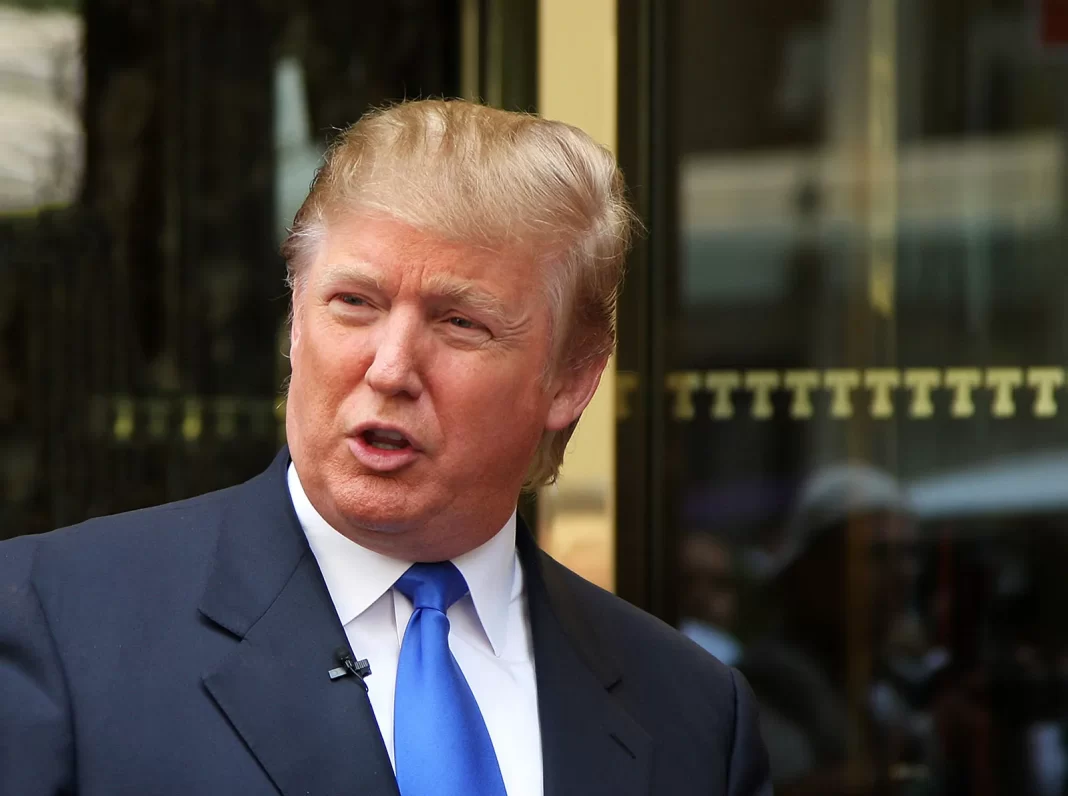Sep. 25—Back in 2017, when then-President Donald Trump pulled America from the Paris Climate Agreement, cities across the nation took climate action into their own hands. Morgantown joined the National Mayors Climate Agenda and pledged to reduce the city’s greenhouse gas emissions by 26 %-28 % from its 2005 baseline levels by 2025.
Earlier this month, the Morgantown Green Team announced that the city is halfway to that goal.
That is certainly an achievement worth celebrating. But … the Green Team admitted those calculations don’t include municipal properties acquired since 2017, nor does it include any emissions related to street paving. So the city may be much further from its goal than we think.
While we applaud the City of Morgantown for the progress it has made, we also encourage it to do more.
In 2019, the Green Team estimated that outfitting municipal buildings with solar panels could almost instantly achieve Morgantown’s emissions reduction goal. At the time, however, such a plan wasn’t financially feasible: Solar panels last about 25 years and it would take about 40 years to pay off the initial investment.
The Green Team once again recommended adding solar panels to municipal facilities, and we second that motion. Since that initial estimate, things have changed. Solar panels are increasingly common, increasingly efficient and—with the passing of the Inflation Reduction Act—increasingly affordable. Panels still last about 25-30 years, but nowadays solar-powered systems pay for themselves in about 6-10 years, according to Forbes, and can save thousands of dollars in the remaining 10 + years. Plus, the 30 % solar tax credit available to cities through the IRA makes installing the panels more affordable than ever. If there was ever a time to outfit all city-owned buildings (or as many as possible) with solar panels, now is the time to do it.
As part of its proposal in 2019, the Green Team suggested the city convert street lights from sodium vapor lamps to LED. Based on the update from this month, it seems that effort is ongoing.
We agree that Mon Power needs to continue converting street lights to the more efficient (and arguably brighter) LED bulbs and that Morgantown should consider approving additional funds for the effort—it would be well worth the investment in the long run.
But we’d like to go a step further: Add solar powered street lights.
While the current technology doesn’t necessarily allow existing light poles to be easily converted to solar power, it has created street lights that can stand independently. The new light poles don’t need to be connected to the electrical grid, and each pole collects and uses its own solar power—perfect for under-lit streets, back roads and parking lots.
Morgantown has come a long way since it first made its emissions pledge—and we should all be proud of that progress. However, there is more that can be done. These are just two examples of dozens of ways the city can continue to cut down on greenhouse gases, and we hope to see the city give serious consideration to various methods of emission reduction.

































